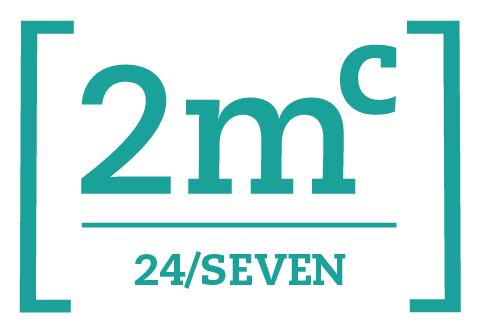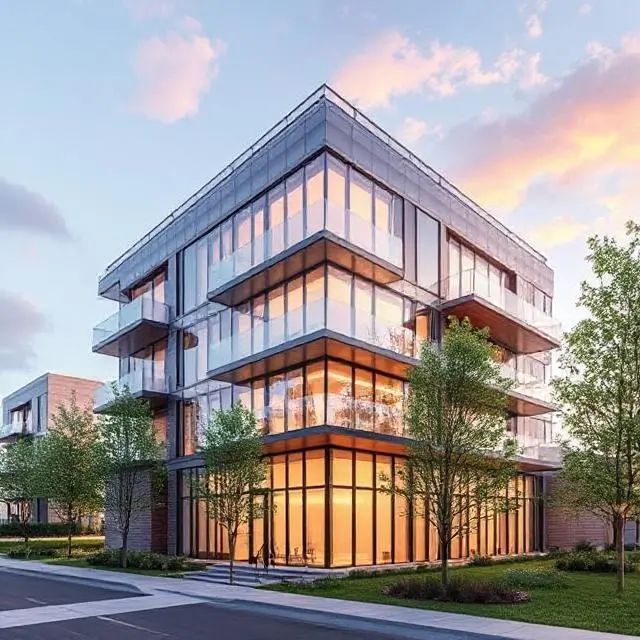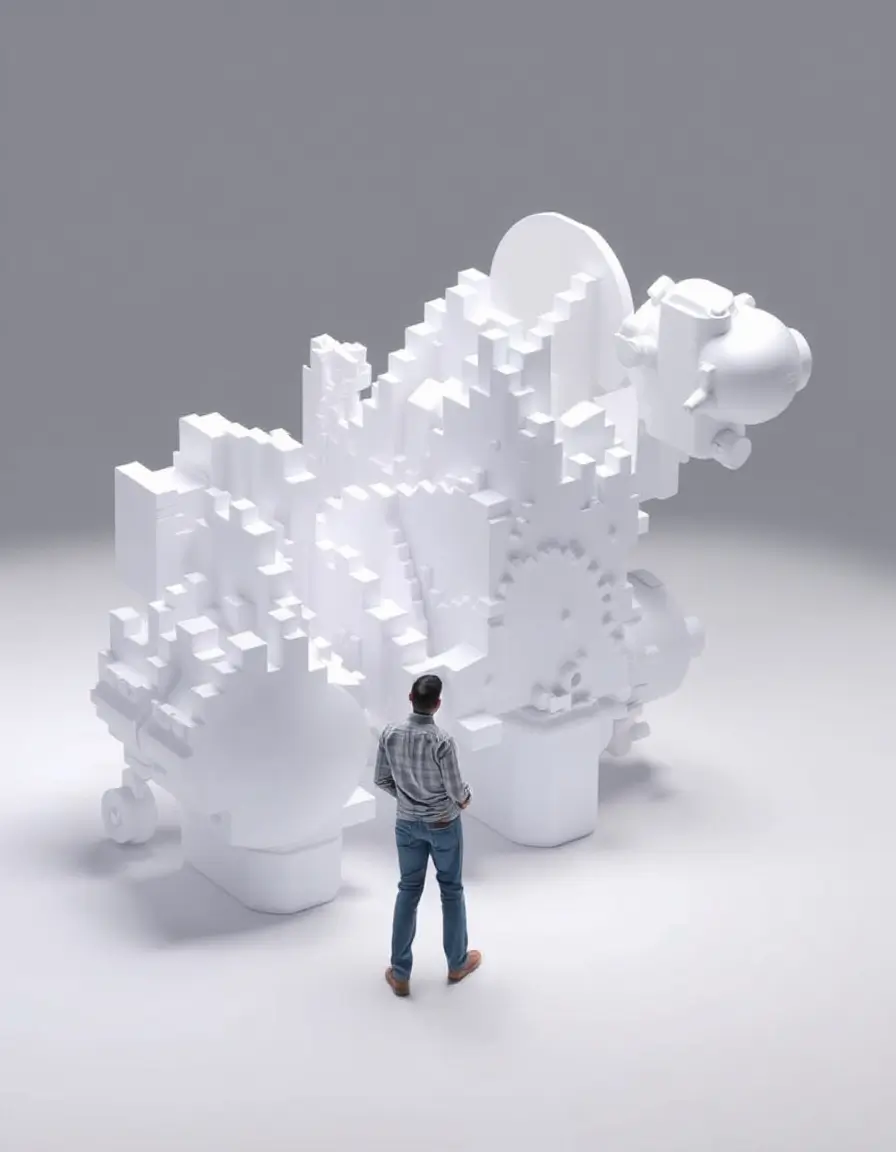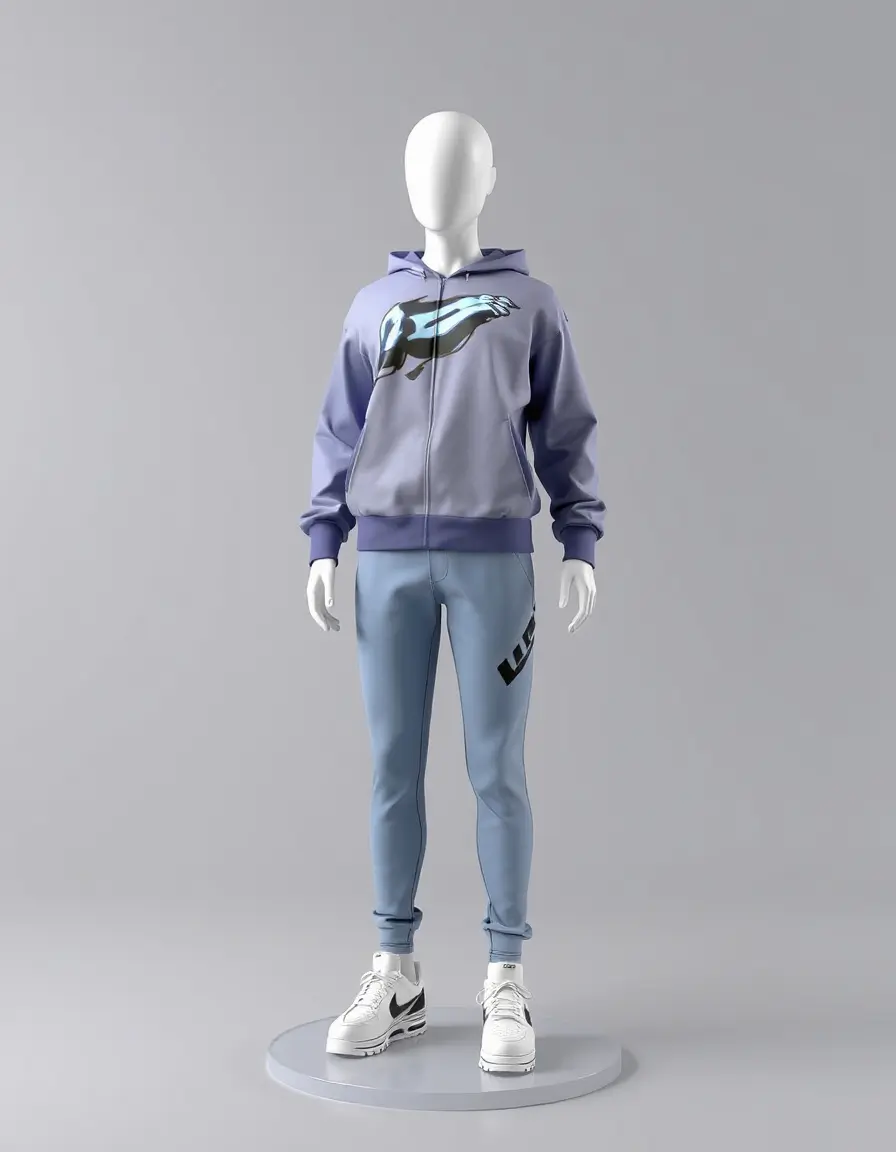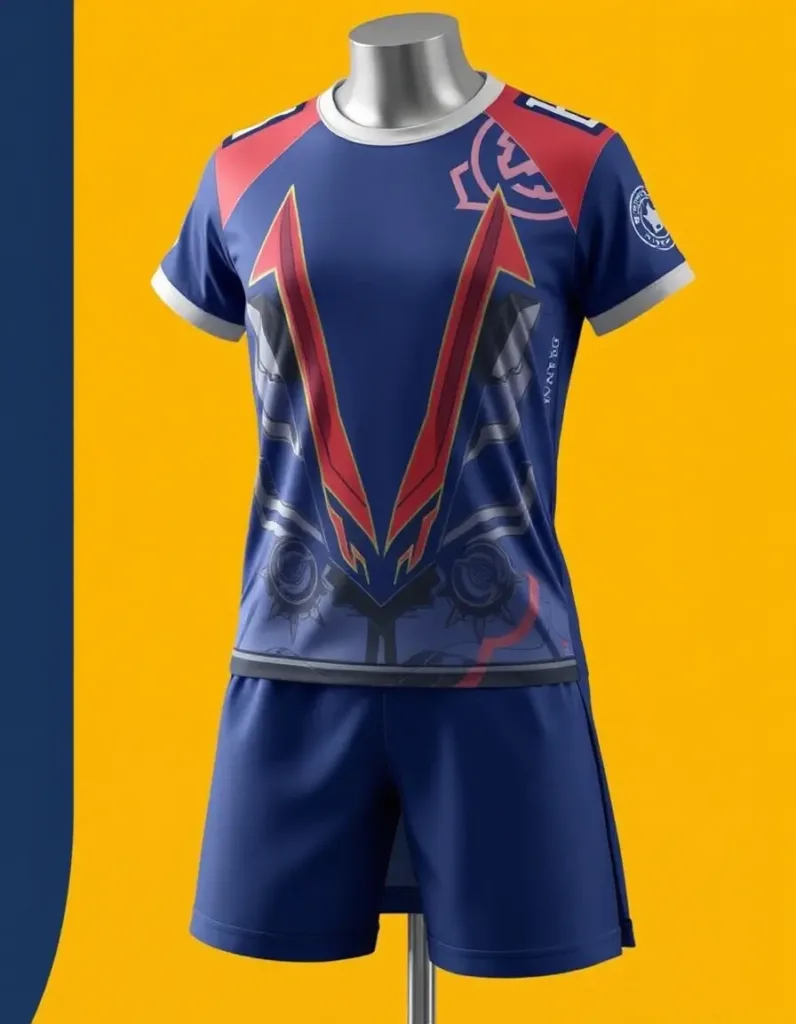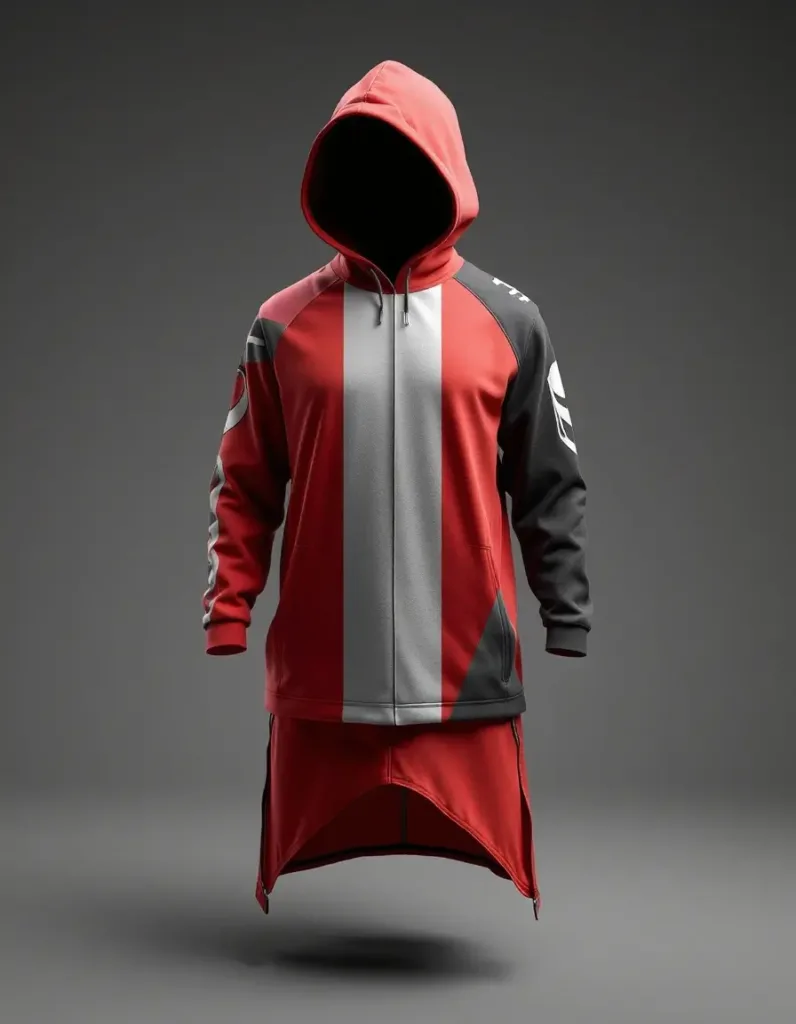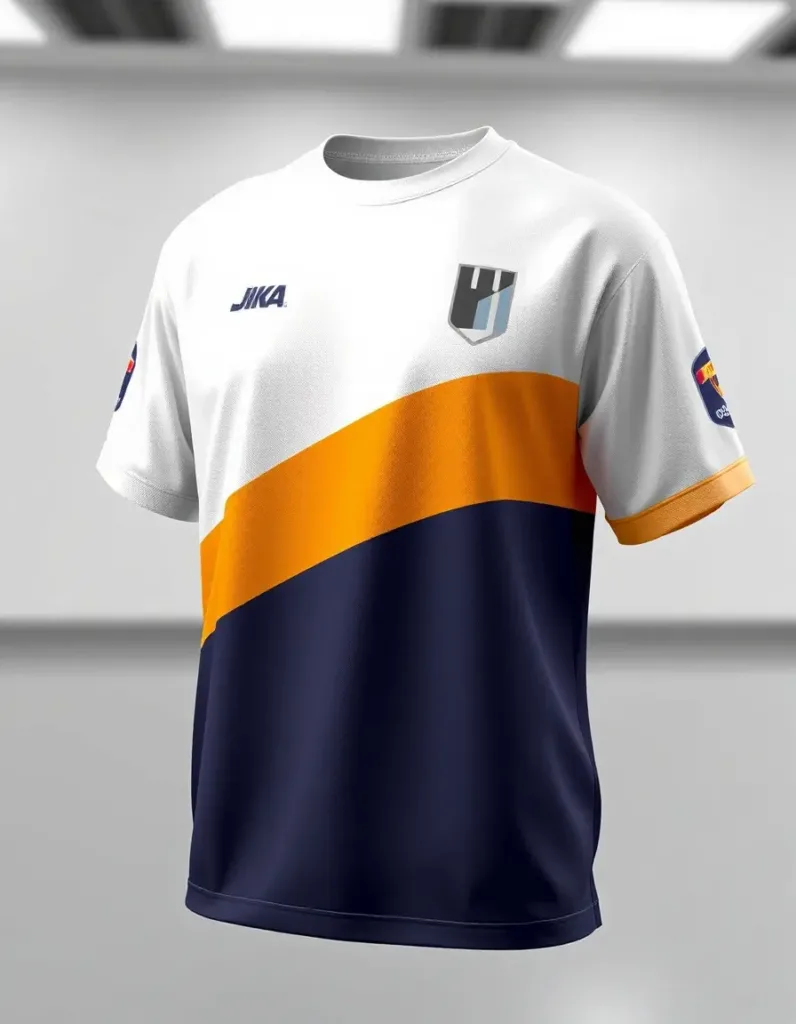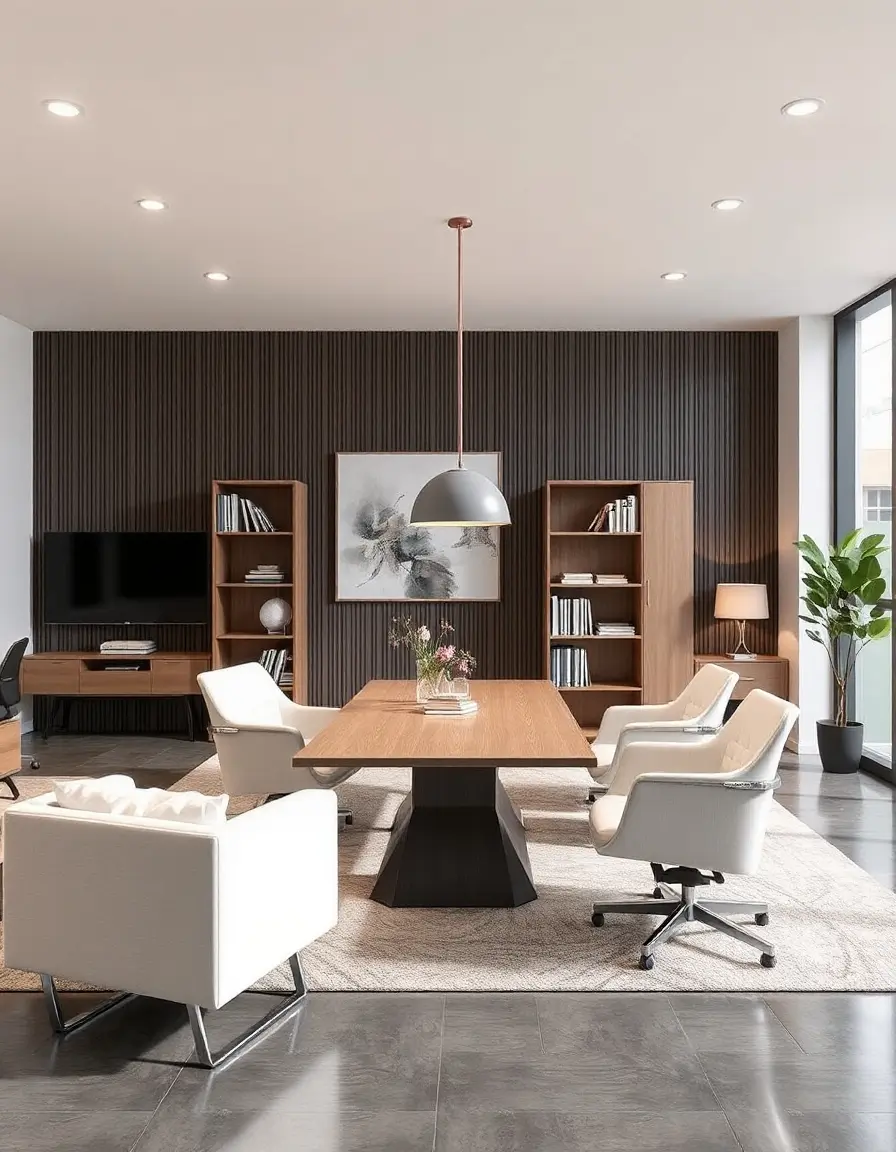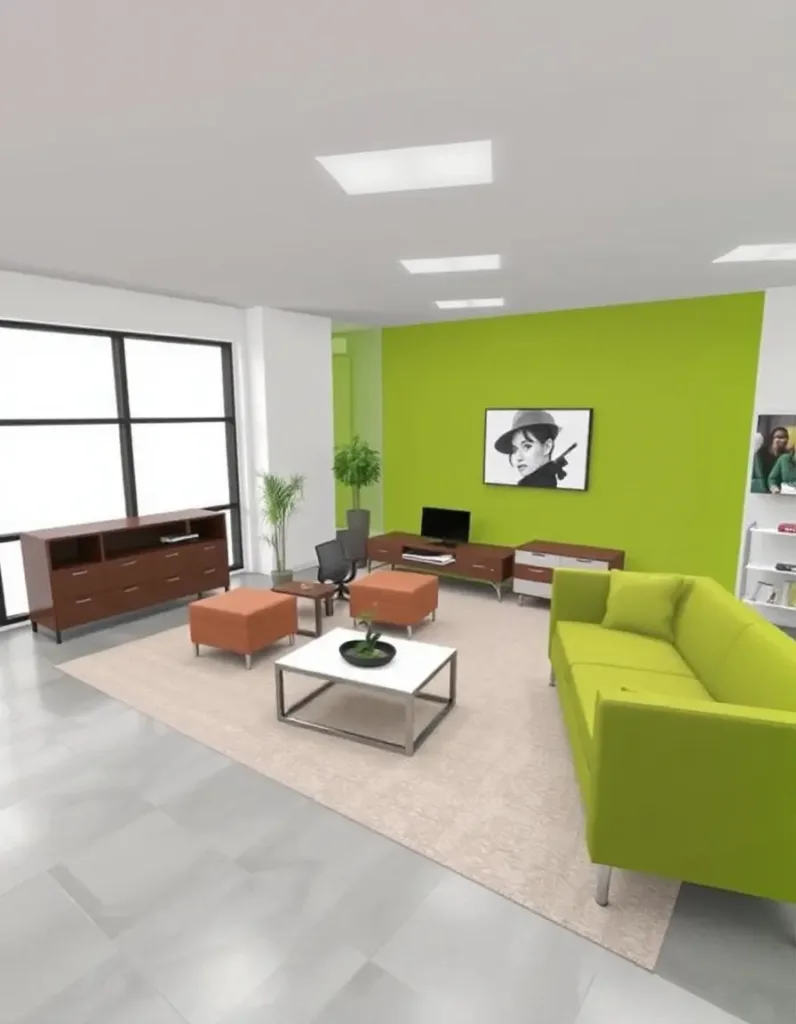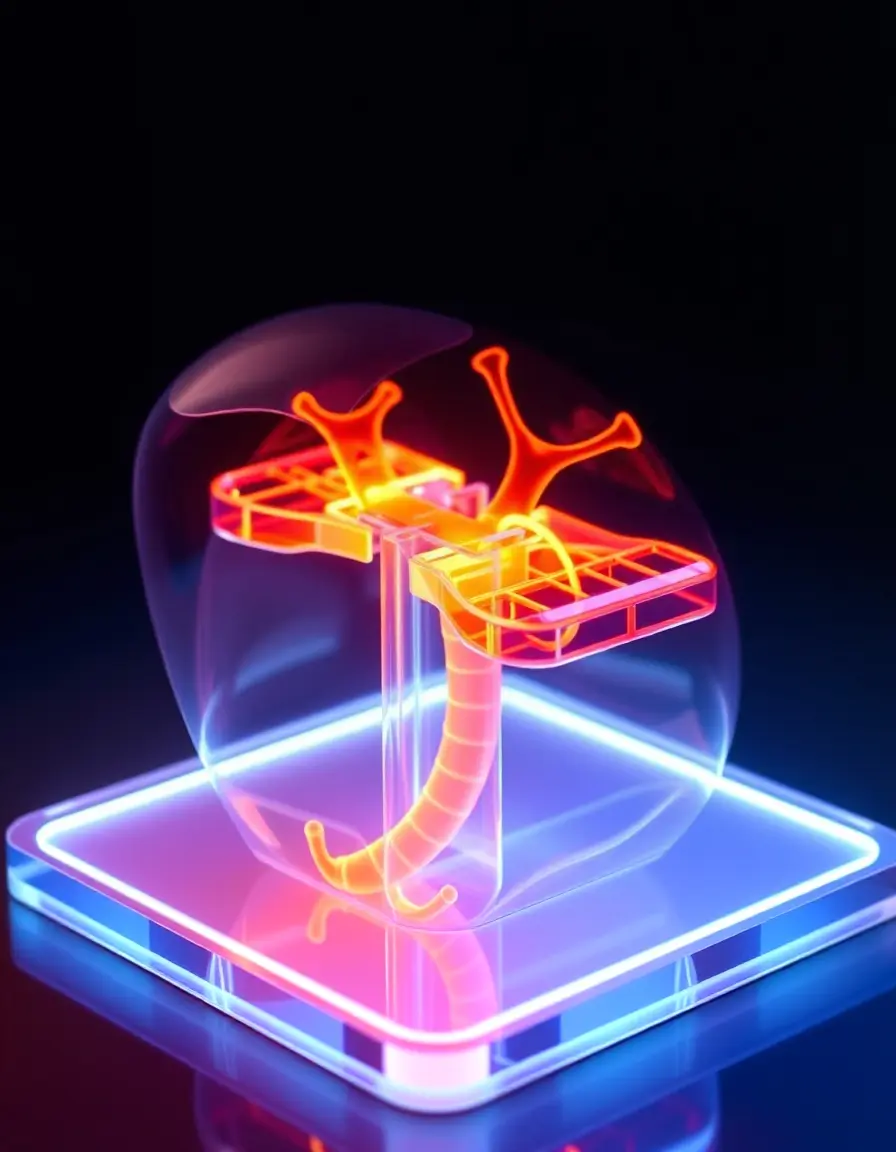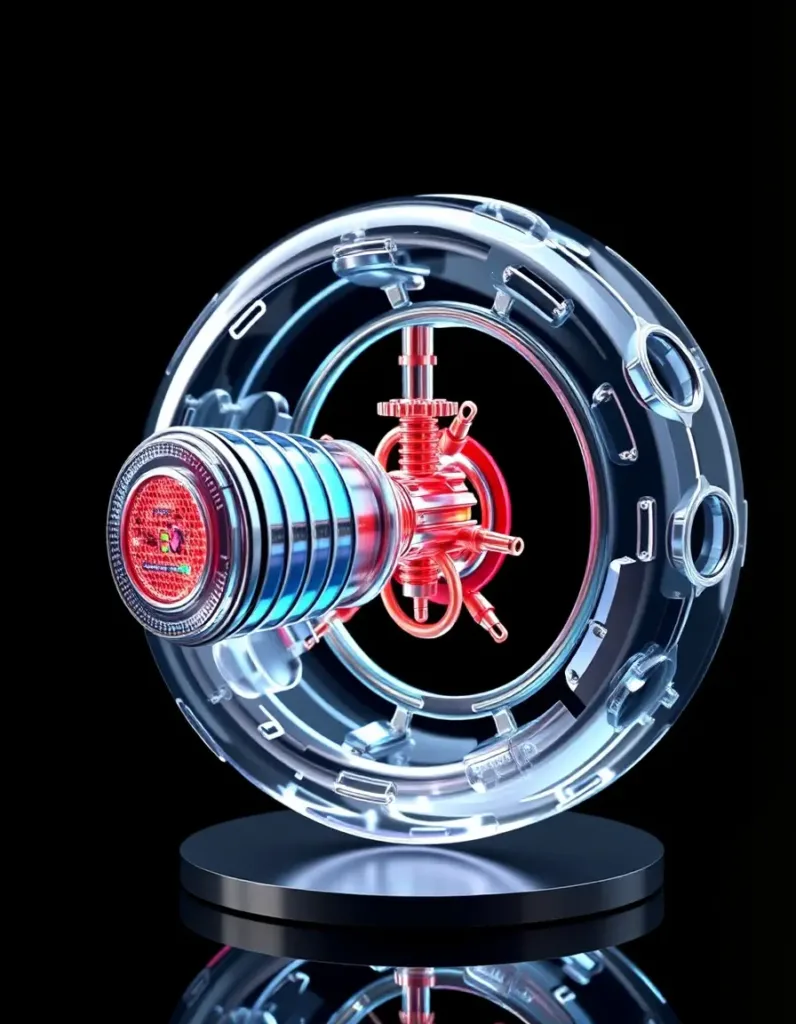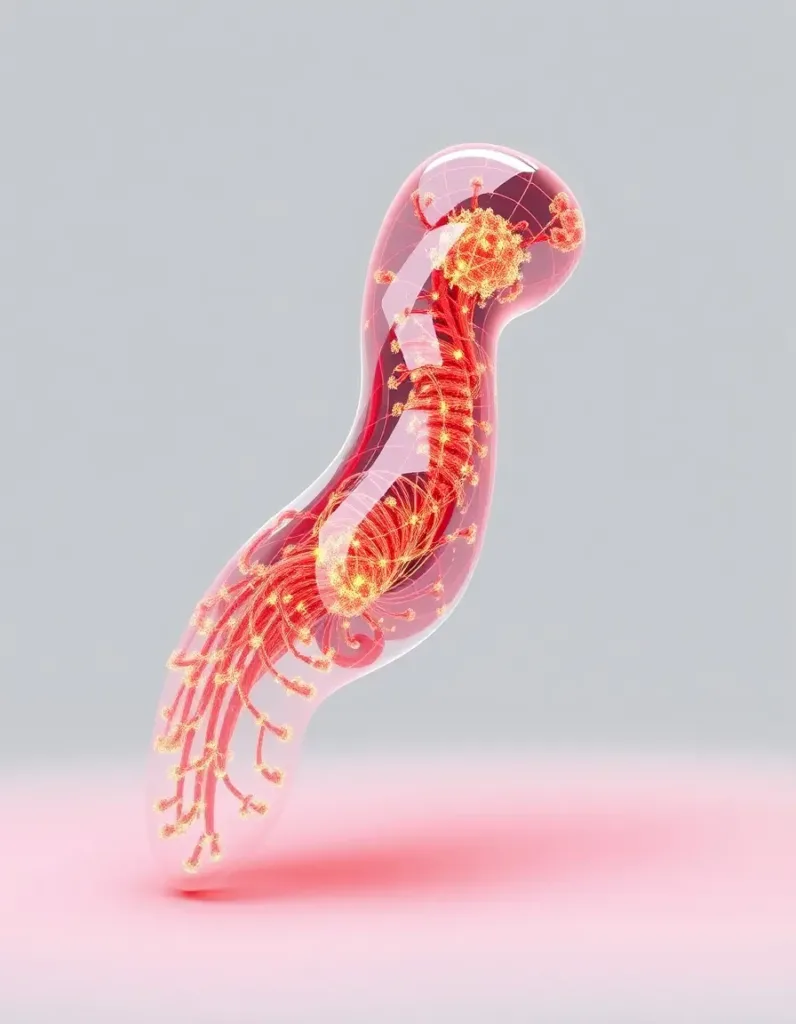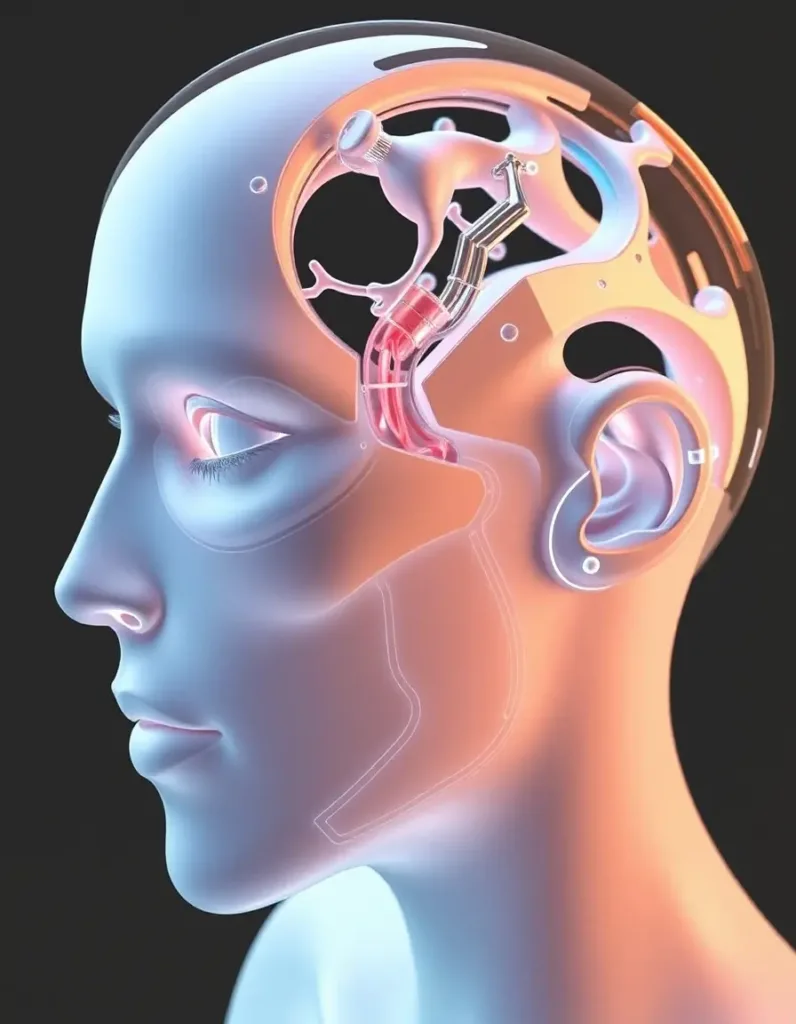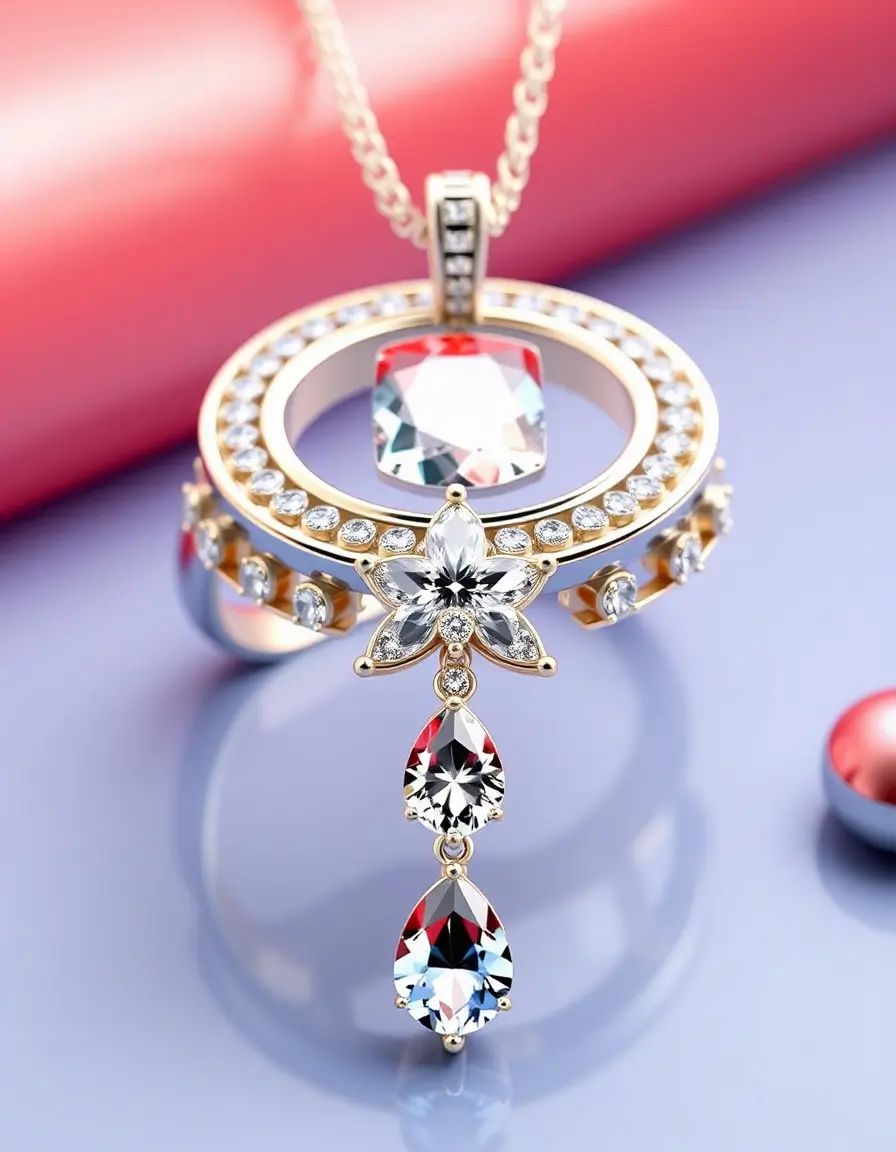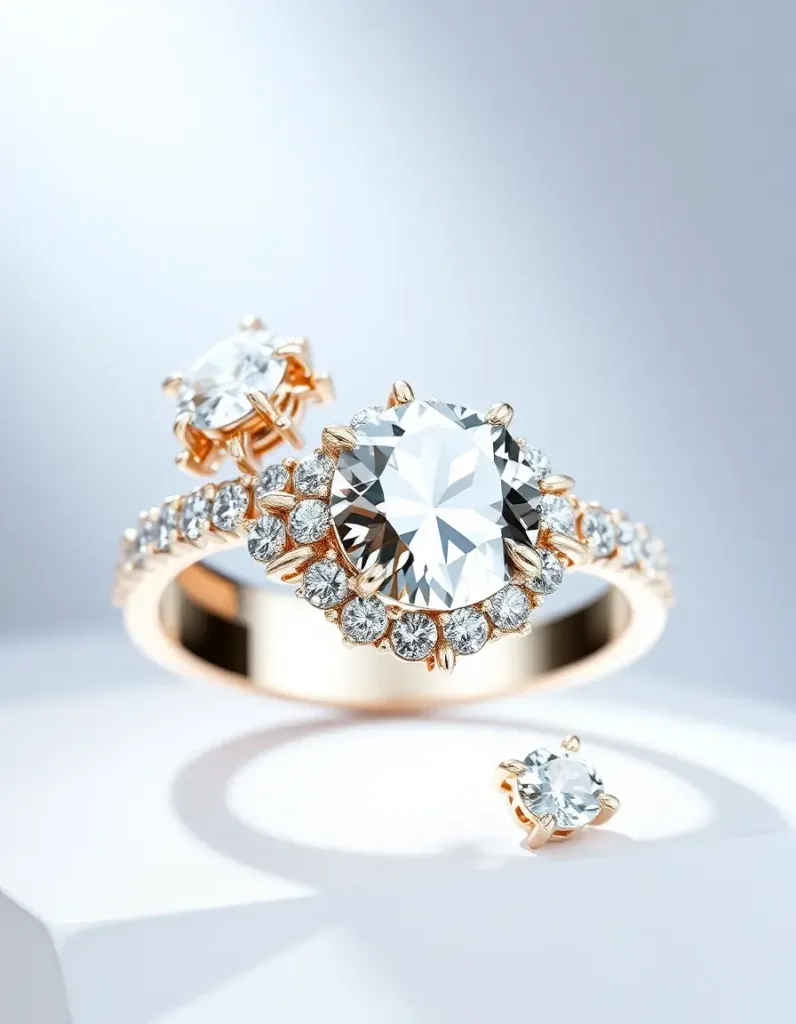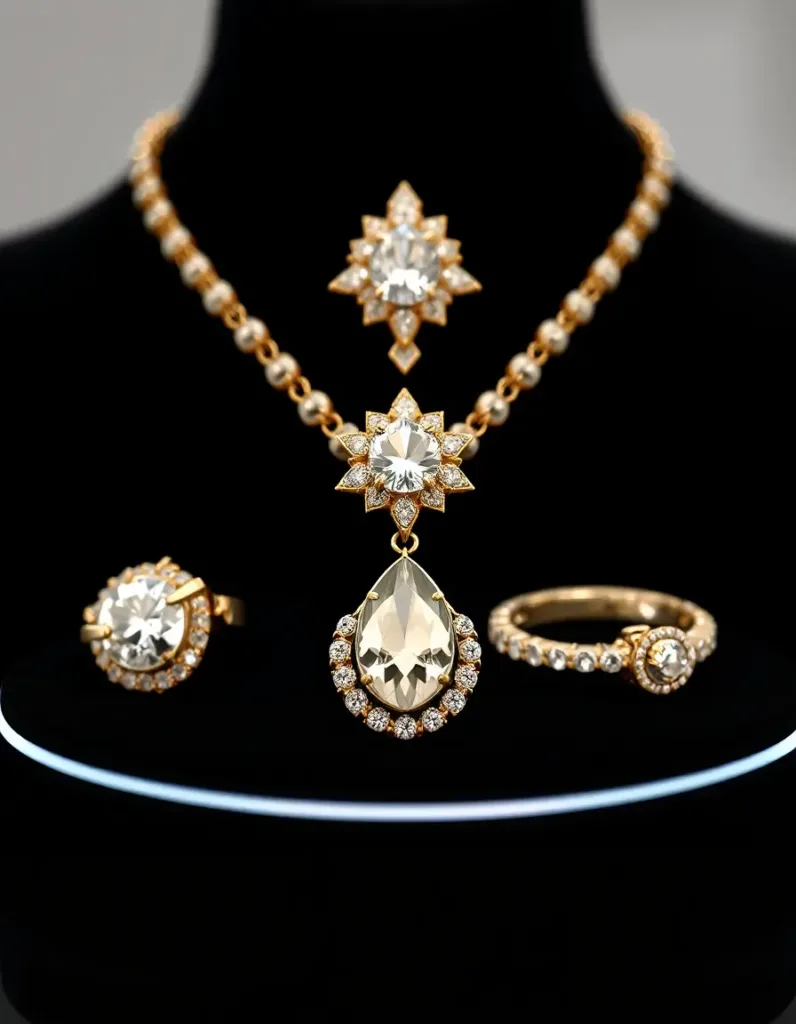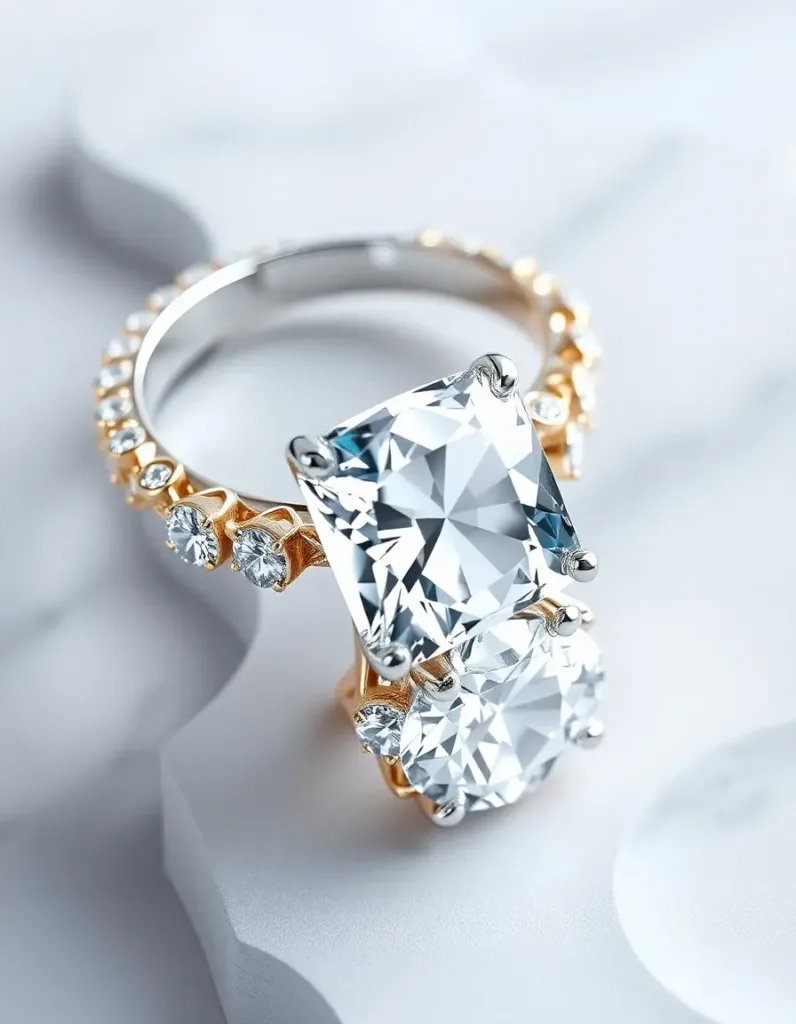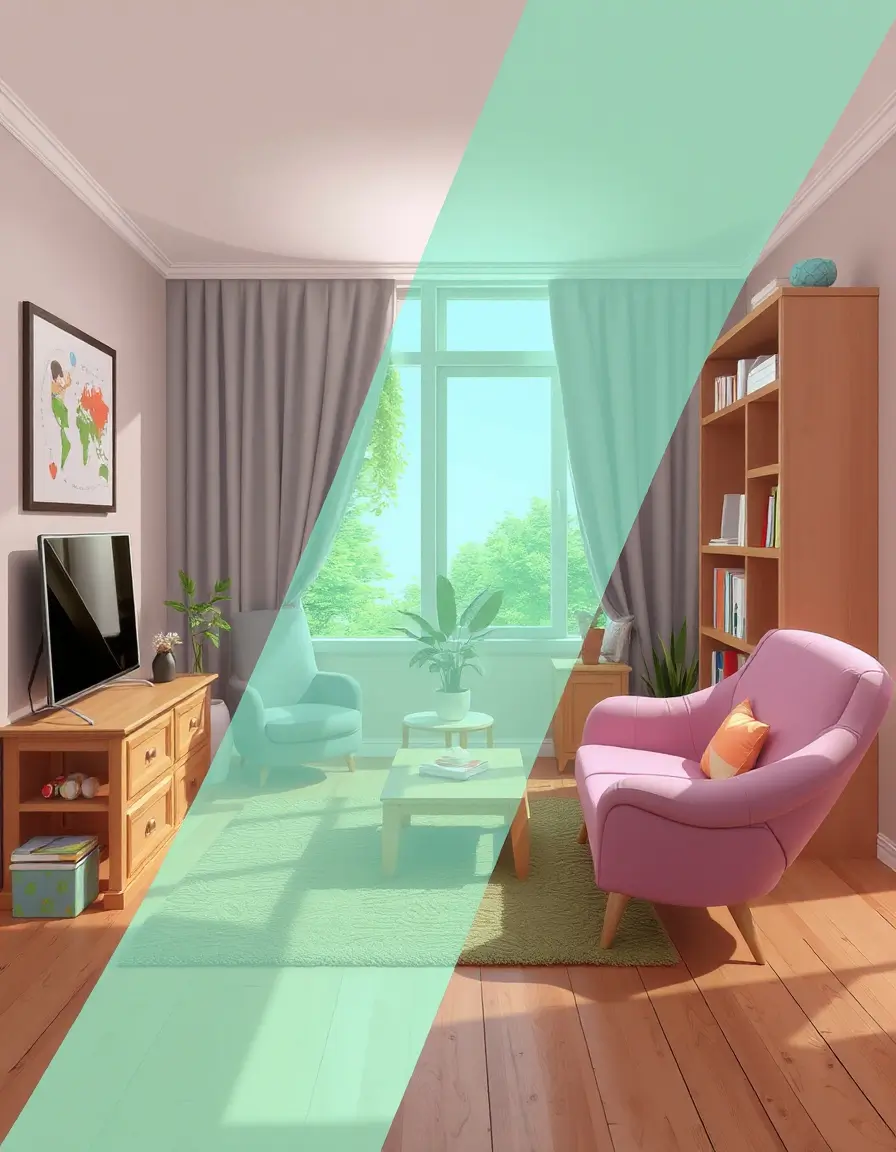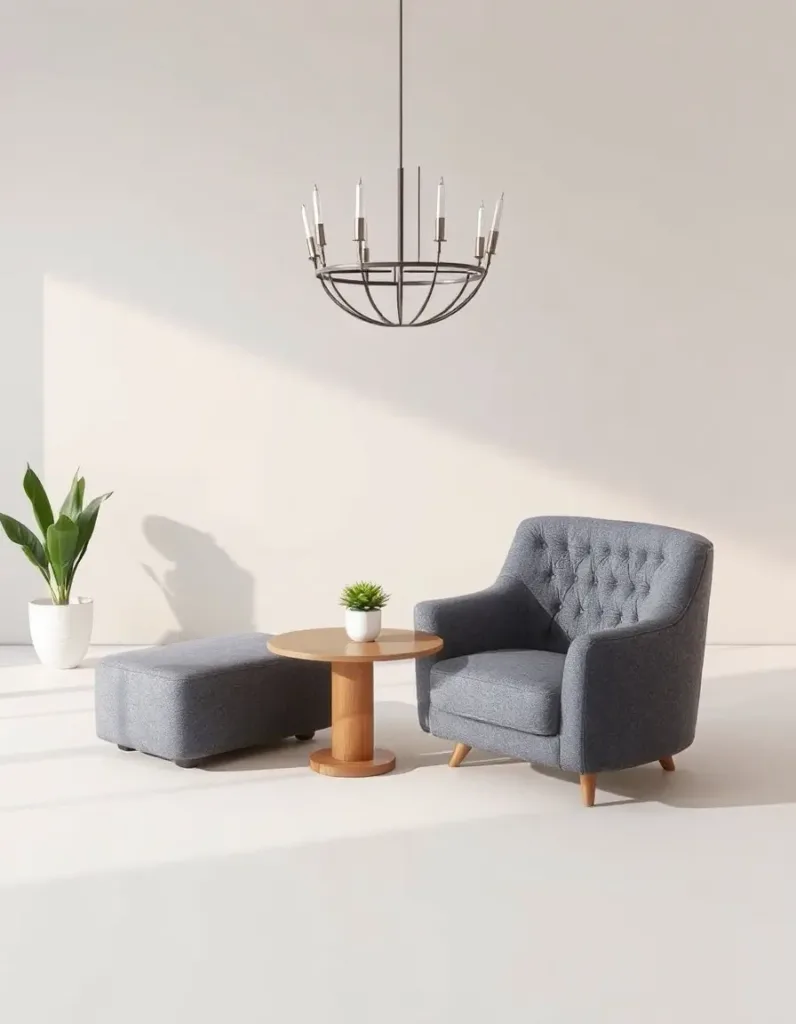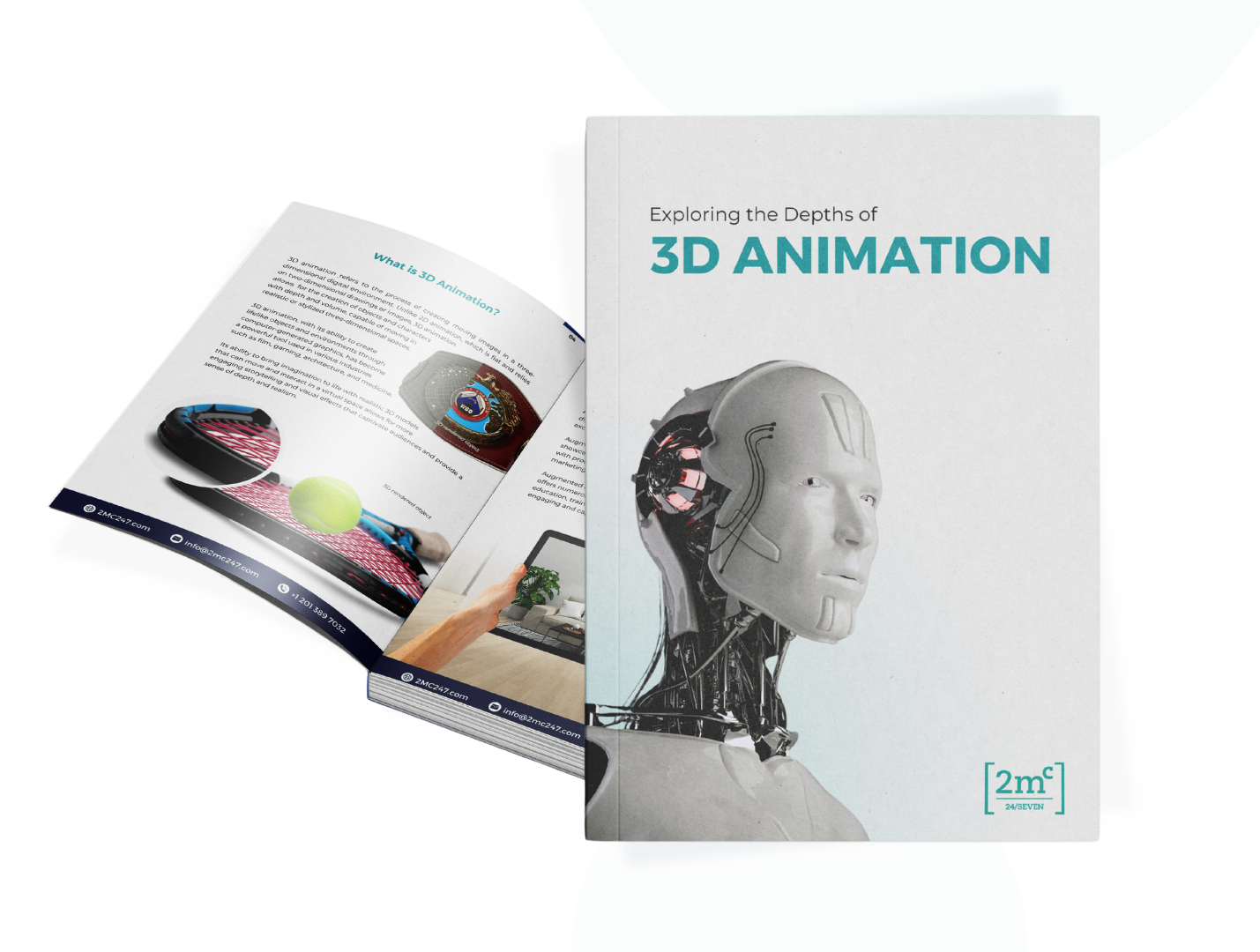In the fast-paced world of architecture, precision and efficiency are critical. Even the smallest miscalculation can lead to costly mistakes, project delays, and wasted materials. Traditional 2D drawings and manual drafting methods, while effective in their time, no longer meet the demands of modern construction and design. Enter 3D modeling—a game-changer that has transformed architectural workflows, reducing costs, improving accuracy, and streamlining project execution.

The Shift from 2D to 3D: A Necessary Evolution
Historically, architects relied on 2D drawings to communicate their designs, which often led to misinterpretations, design conflicts, and discrepancies in execution. 3D modeling has eliminated these issues by providing a detailed, realistic, and scalable representation of buildings before construction begins. This transition has not only enhanced collaboration between architects, engineers, and construction teams but has also significantly reduced errors that lead to expensive rework.

How 3D Modeling Cuts Costs and Minimizes Errors
1. Early Detection of Design Flaws
One of the most significant advantages of 3D modeling is its ability to detect design errors before construction begins. With 3D visualization, architects and engineers can simulate real-world conditions, identify structural weaknesses, and adjust designs accordingly. This proactive approach minimizes change orders, reducing unexpected expenses that typically arise from last-minute modifications.
2. Improved Project Visualization and Client Communication
Clients often struggle to interpret 2D drawings, leading to misunderstandings and dissatisfaction with the final product. 3D models provide immersive, lifelike representations of architectural designs, allowing clients to explore spaces virtually before they are built. This clarity prevents costly redesigns and ensures that the final output aligns with the client’s vision.
3. Optimized Material Usage and Waste Reduction
Construction projects generate significant material waste, much of which results from miscalculations and inefficient planning. 3D modeling helps architects determine precise material requirements, ensuring that only the necessary amount is ordered. This leads to reduced costs, improved sustainability, and a more efficient construction process.
4. Enhanced Collaboration and Coordination
Large-scale architectural projects involve multiple stakeholders, including designers, engineers, contractors, and project managers. 3D modeling fosters collaboration by providing a shared digital environment where all parties can access, review, and modify designs in real time. This minimizes miscommunication, streamlines workflows, and prevents costly on-site adjustments.
5. Faster Approval Processes
With 3D models, approval times are drastically reduced. City planners, investors, and regulatory bodies can quickly assess the feasibility of a project through interactive models rather than sifting through stacks of technical drawings. Faster approvals translate into reduced holding costs and quicker project execution.
6. Reduced Labor Costs Through Automation
Traditional architectural drafting requires extensive manual effort, leading to higher labor costs. 3D modeling software automates many design tasks, improving productivity and allowing architects to focus on creativity and problem-solving. The result? Faster project completion and lower operational expenses.

The Future of 3D Modeling in Architecture
The impact of 3D modeling on cost reduction and error minimization is only the beginning. Emerging technologies such as AI-driven generative design, real-time rendering, and Building Information Modeling (BIM) integration are further enhancing architectural efficiency. As these innovations continue to evolve, 3D modeling will play an even more significant role in revolutionizing the industry.
Partner with Experts to Maximize 3D Modeling Benefits
At 2MC 24/7, we specialize in high-quality 3D modeling services tailored to architectural projects. Our team of experienced professionals ensures precision, efficiency, and accuracy in every project, helping businesses cut costs, minimize errors, and optimize their designs. Whether you need photorealistic renderings, CAD-based models, or BIM integration, we have the expertise to bring your architectural vision to life.
Don’t let costly mistakes derail your architectural projects. Contact 2MC 24/7 today and discover how our 3D modeling services can enhance efficiency, reduce expenses, and bring your designs to life with unmatched precision.
